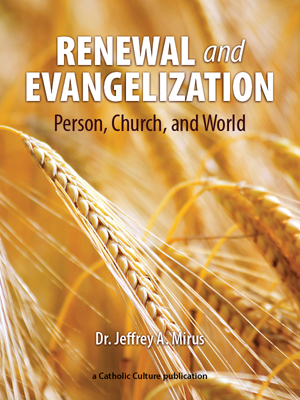The Father William Most Collection
Perdition
[Encyclopedic Dictionary of Religion (Washington: Corpus, 1979) vol. O-Z, s.v. "Perdition", 2729.]
Originally in the OT, merely death, descent into Sheol or Abaddon, a place of darkness, dust, and weakness, in which all activity, pleasure, participation in and knowledge of what goes on on earth cease, and also all praise of God (Job 17.13-16; Is 14.9-11; Ps 6.6); but there is no differentiation of the just and the wicked. Differentiation begins to appear in Ezek 32.17-32 (esp. 27), Is 24.22, and Sir 21.10. This concept merged with the Post-Exilic concept of Gehenna, an eschatological place of eternal punishment for the wicked. Gehenna was first a valley below Jerusalem where the wrath of God would punish the sins of Juda (Jer 32.26; 7.30-8.3; 19.6). In Is 66.22-24 (which omits the name Gehenna, but alludes to Jer 7.30-33), Gehenna becomes a place of eschatological ruin, outside the walls of Jerusalem. In the NT the concepts of Sheol, Abaddon, and Gehenna are combined in a concept of everlasting ruin in fire, darkness, and gnawing worms, where there is weeping and gnashing of teeth (Mt 3.12; Mk 9.43; Mt 8.12).






